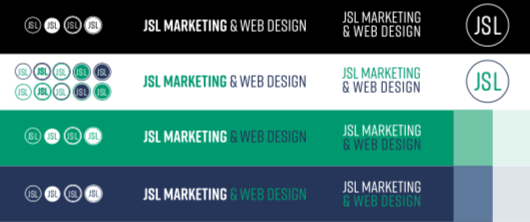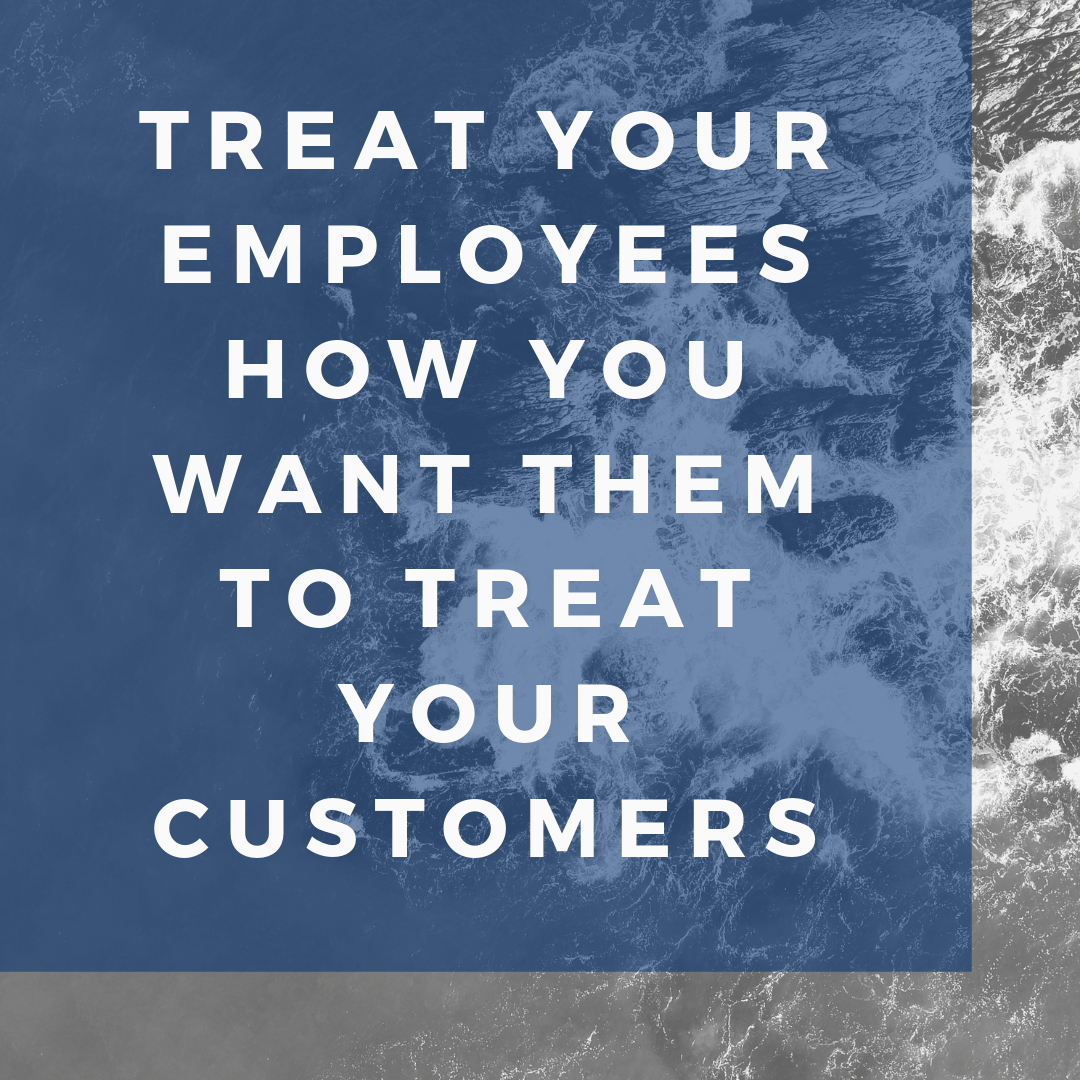Branding can sound scary, especially to those who don’t fully understand what all goes into it. But improving your branding can be as simple as making sure everything is consistent, all the way up to making sure your voice, colors, logo, and look all tell the story of your business.
JSL Marketing & Web Design loves finding the unique ‘why’ of our clients, which is why we love branding so much! It is one of the ways you can show the world who you are, what you do, and (most importantly) why.
Need a shortened version of the above? Here’s a simple definition of ‘branding’ by Entrepreneur.com and Google’s dropdown feature snippet.

Now, let’s find out how we can improve your branding with just a few steps – steps you can even start today!
1. Your Logos
First, you need to decide on a logo design, one you absolutely love and will never part from (at least, until you rebrand/redesign your style). After you’ve designed and fully committed – you need to stick to it.
Now, this isn’t to say you cannot have a couple of slight variations (inverted colors, emblem or abbreviation vs full name) but it does mean you can’t have a different logo in every location on every page and on every platform. This will confuse customers at best and make you seem unpolished or unprofessional at worst. Branding is all about building trust, and trust comes from consistency.
Remember ‘close enough’ is only for horseshoes and hand grenades.
Check out our logo variations below for a visual example of what we mean:




2. Your Colors
Of course, you probably noticed that all of the JSL Marketing & Web Design logos are in a similar color scheme – that is completely intentional. Because if you suddenly saw our logo in red, it would seem wrong, off, and other.
That is all because of our branding.
We consistently use the same colors, the same fonts, and the same logos to build trust, feelings of dependability, and a professional image.
Now just because you mainly see our green, blue, and white doesn’t mean you have to choose 3 colors and exclusively stick to those, instead, consider having one or two primary colors, a couple secondary ones, and even a couple tertiary ones to use for pops of color or CTAs (calls to action).
See our full color-scheme below:

3. Your Voice
Voice is incredibly important in building your brand online, because one of the main communication forms online is through writing. This means you need a strong angle or a strong ‘style’ of how you write in order to portray your voice through your words, through the screen.
Take the ‘voice’ of three huge digital marketing and SEO teachers of our time – Backlinko, Neil Patel, and Search Engine Journal.
Each is personal to varying degrees, each is educational, and each talk about similar subjects, but there are hard and fast differences between their voices, or, the style in which they speak.
This is important to remember when you are researching your ideal client or customer. Think of how they want to be spoken to, and then make sure your voice matches that demographics needs and wants.
4. Your Look
We’ve talked about the importance of web design before, but it must be mentioned within the realm of branding as well – make your site look nice and function well.
Because no matter your consistency, color scheme or voice – if your site is a flop, then your business will be a flop.
Most online users judge your company from your website, so make sure you aren’t losing their business from an aesthetic standpoint before you ever get the chance to win it.
5. Your Content Plan
Your visibility is important, and one of the best ways to ‘get out there’ is with a content plan. This can include updates to your website’s copy, blogs, email marketing, eBooks, white pages, fact sheets, infographics, and more.
But what’s most important to remember is that content is king and putting out quality content will show you as a thought leader, and a brand that gives value through its content and knowledge.
An innovative brand that writes worth-while content? That will certainty breed some serious trust in your customer base.
6. Your Social Media
This is actually a subsection of content marketing, but it deserves its own spot due to its importance. Make sure your social media’s branding is just as polished as your website’s and make sure you are consistent in voice, logo, colors, style, and even posting schedule.
Social media is a great way to get your brand out there and increase your brand awareness. If you are a new company, then consider starting off with some paid ads to get in front of your customer base. This can be especially great if you are just starting an SEO strategy and need leads fast, since SEO can take more time to see results than PPC ads.
7. And (Of Course) SEO
We’ve been dancing around it for the last few tips, so surely you knew we’d end up here. But it is true – branding needs SEO to truly thrive.
From content marketing to web design that converts, to social media posts and blogs that are targeted and optimized, you need SEO if you’re online.
If branding interests you (or content marketing, web design, or simply SEO in general) then contact JSL Marketing & Web Design today!
We have created in-depth brand books for clients, logo designs, website, and social media plans that perfectly mesh with their desired tone, voice, and company culture.
Give us a try and see what we can do for your company and brand!

![How I Deal with Success & Imposter Syndrome [5 Tactics]](https://jsl.marketing/wp-content/uploads/2019/06/ImposterSyndrome.jpg)









